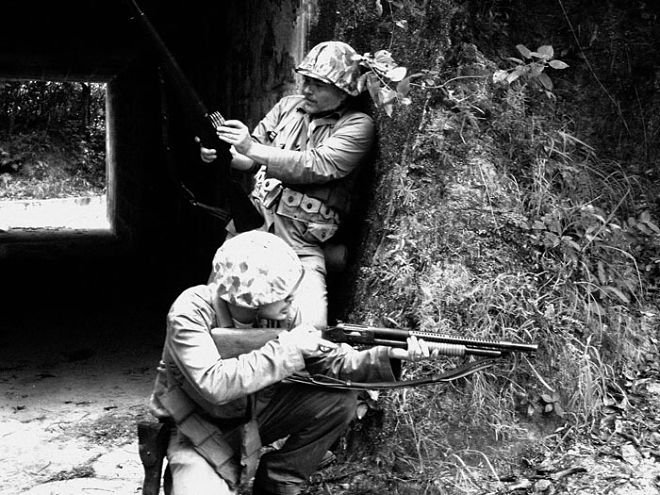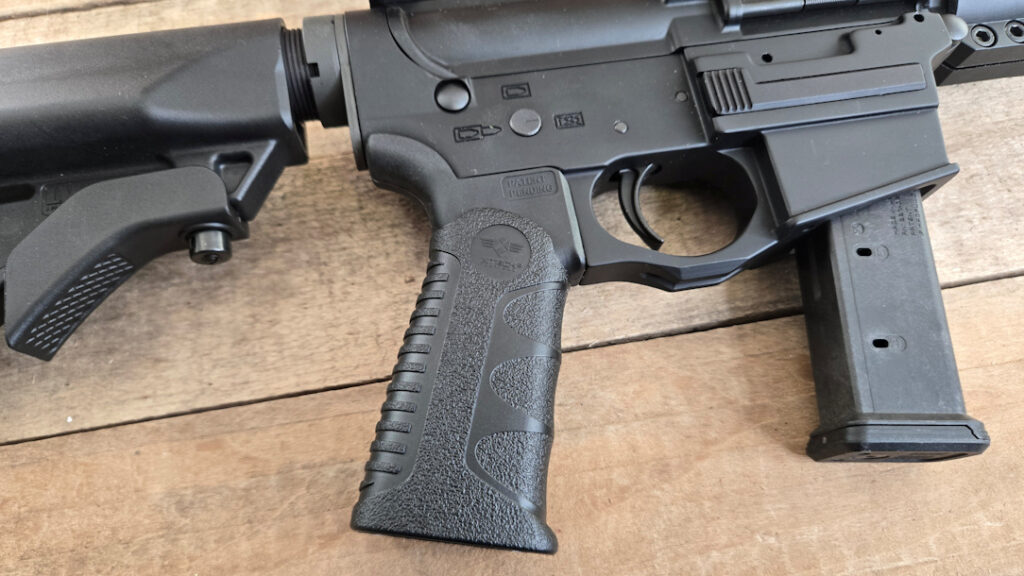You can look at firearm genres and break them down by generations. You can classify handguns, rifles, machine guns, and more by generations. This can be useful to track technological progress and examine the past to figure out what the future might hold. Today, we are going to do that with shotguns, specifically pump-action shotguns. To me, there are three distinct generations of pump-action shotguns.
Pump Shotguns – Then and Now
We haven’t quite established what the fourth generation is or will be, but there are a few contenders fighting for the title. Pump-action shotguns originated in 1882 with the Spencer 1882. This is the same Spencer that created the Spencer repeating rifle, which was the first military metallic-cartridge repeating rifle.
The Spencer 1882 was the first successful pump-action shotgun, but not successful enough to keep the company afloat. Spencer sold the shotgun patents to Francis Bannerman, who would buy Spencer’s company and continue to produce the shotgun.
Advertisement — Continue Reading Below
The Spencer 1882 is best described as a Gen 0 shotgun. It helped establish the basic layout for pump shotguns to come. The gun used a tubular magazine placed beneath the barrel that held anywhere from five to eight rounds, depending on the model. It was a simple design that was revolutionary for the time.

When Winchester created the 1893 shotgun, Bannerman immediately leaped into a lawsuit against Winchester. This lawsuit helped spur the popularity of pump-action shotguns. Winchester went to extreme lengths to defend their weapon. Winchester dug through past patents and eventually found two and even recreated a pump-action, bullpup rifle to prove pump-action weapons already existed.
Advertisement — Continue Reading Below
Bannerman’s suit was tossed, and any potential patents tied to pump-action designs were gone, which opened up the market for pump-action shotguns. Everyone could make one now, and everyone did.
First Generation
The first generation of pump shotguns is highlighted by the Winchester 1897. It was arguably the most successful of these pump-action guns. It was an improvement on the 1893 and proved to be fairly sturdy, reliable, and easy to use. It’s the most well-known shotgun of this era, and its military use specifically made it famous.
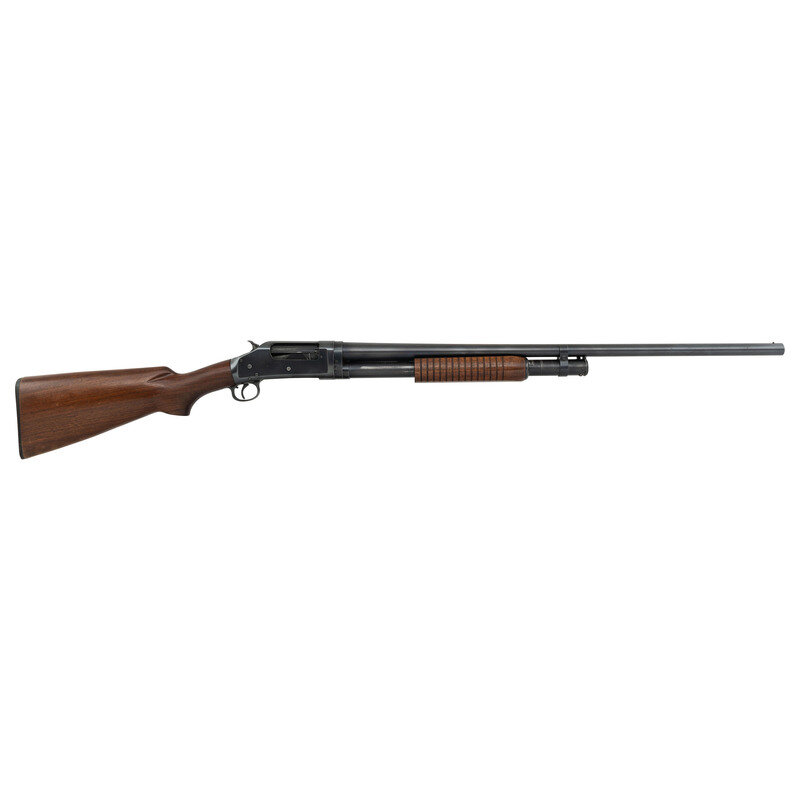
Advertisement — Continue Reading Below
Beyond the Winchester 1897, guns like the Marlin 1898 and the Burgess Folding Shotgun exemplify the First Generation of pump-action shotguns. They had exposed hammers, and their actions were unique, often exposed when the pump was activated. The actions were somewhat rough. They weren’t smooth, and they weren’t particularly strong guns.
“Intricate” best describes this generation of shotguns. When called upon, they worked and did a fantastic job, but there was room for improvement, and that led to the second generation of pump shotguns.
Second Generation
The second generation of pump shotguns produced some of the most famous pump shotguns on the market, certainly the most legendary. This era started with John Pedersen’s Remington Model 10 in 1908. This gun incorporated a number of changes we’d see in the future of pump shotguns, namely enclosed hammers, stronger actions, and less intricate designs.
Advertisement — Continue Reading Below
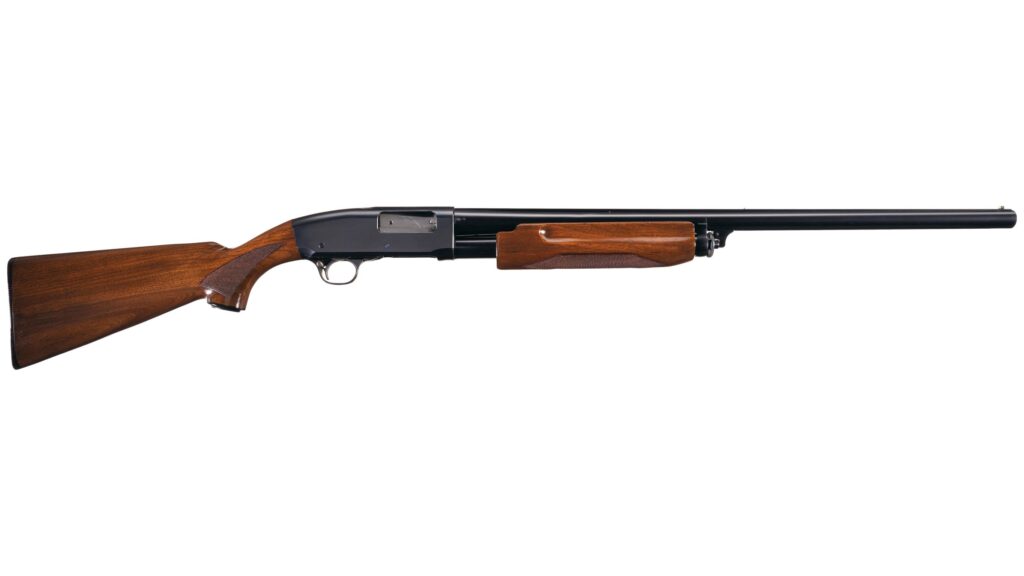
The Model 10 might have started the era, but the Winchester Model 12 emphasized everything great about the second generation of pump shotguns. These guns were built by craftsmen and featured incredibly smooth actions, robust designs, and often beautiful blued finishes. Reliability was amped up several notches, and these guns are often still used by hunters and sport shooters.
This generation encompasses guns like the Remington Model 31, the Ithaca 37, and various Marlin “teen” guns. Some were used in World War I, and many saw action into World War II, Vietnam, and even the first Gulf War. Guns like the Model 12 and Ithaca 37 were absolute tanks. These are often best described as heirloom guns.
Advertisement — Continue Reading Below
These were arguably fantastic guns, but they did have some issues. Performance-wise, they were single-arm guns that could bind, which could affect reliability. The big problem these guns had was how hard and expensive they were to produce.
Third Generation
The third generation of shotguns was ushered in with the Remington 870. The Remington 870 introduced a shotgun that could be mass-produced by modern manufacturing methods. These guns were cheaper and quicker to produce, but still offered a robust and strong design. The 870 also introduced the concept of dual-action bars.

Advertisement — Continue Reading Below
This new generation of pump shotgun gave birth to modern classics like the Mossberg 500 and the Winchester 1200/1300 series. It established the means of producing pump shotguns we see out of foreign sources like China and Turkey as well. This is the generation that currently arms most shooters and widely serves with police and military forces.
The third generation premiered in 1951, and over time, this generation has been adapted to modern needs. They’ve been modified with short barrels or extended magazine tubes. We see a greater degree of modularity with these guns and the adoption of lights and red dots.
What’s the Fourth Gen Look Like?
We don’t have a fourth generation of pump-action shotguns. At least not officially. There are some guns and concepts that could be the fourth generation of pump shotgun. My bet is on the Benelli Nova. A move to polymer makes sense to lighten weight and make production easier.
Advertisement — Continue Reading Below
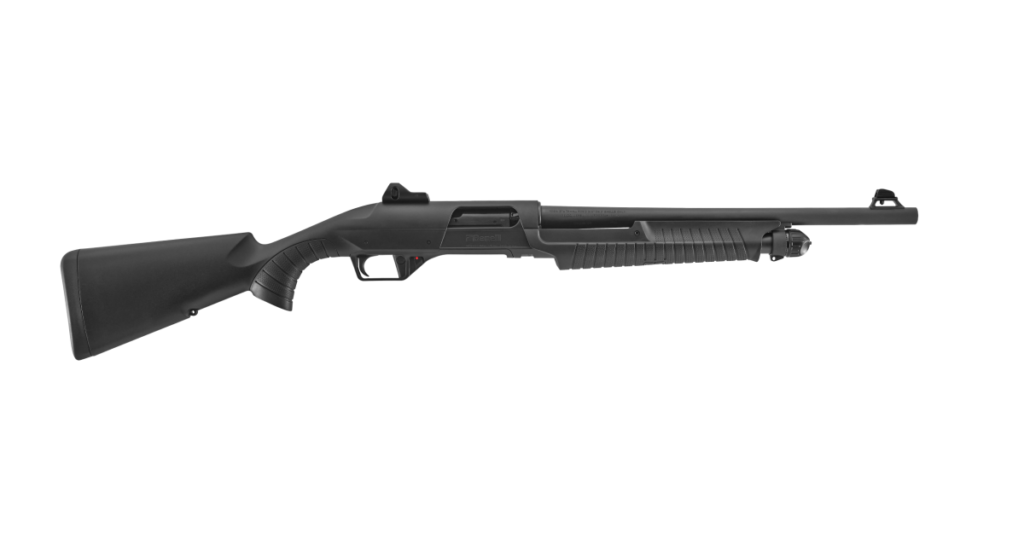
Maybe I’m completely wrong, and guns like the KelTec KSG and S&W M&P 12 will usher in a new era of higher-capacity shotguns in bullpup formats. I doubt it, but hey, I’m willing to play ball.
Advertisement — Continue Reading Below
Maybe there won’t be a fourth generation of pump shotguns. Maybe semi-autos will finally take over, and the only pump guns will be third-generation guns. It remains to be seen, but I’m happy to see shotguns advancing, improving, and growing.
